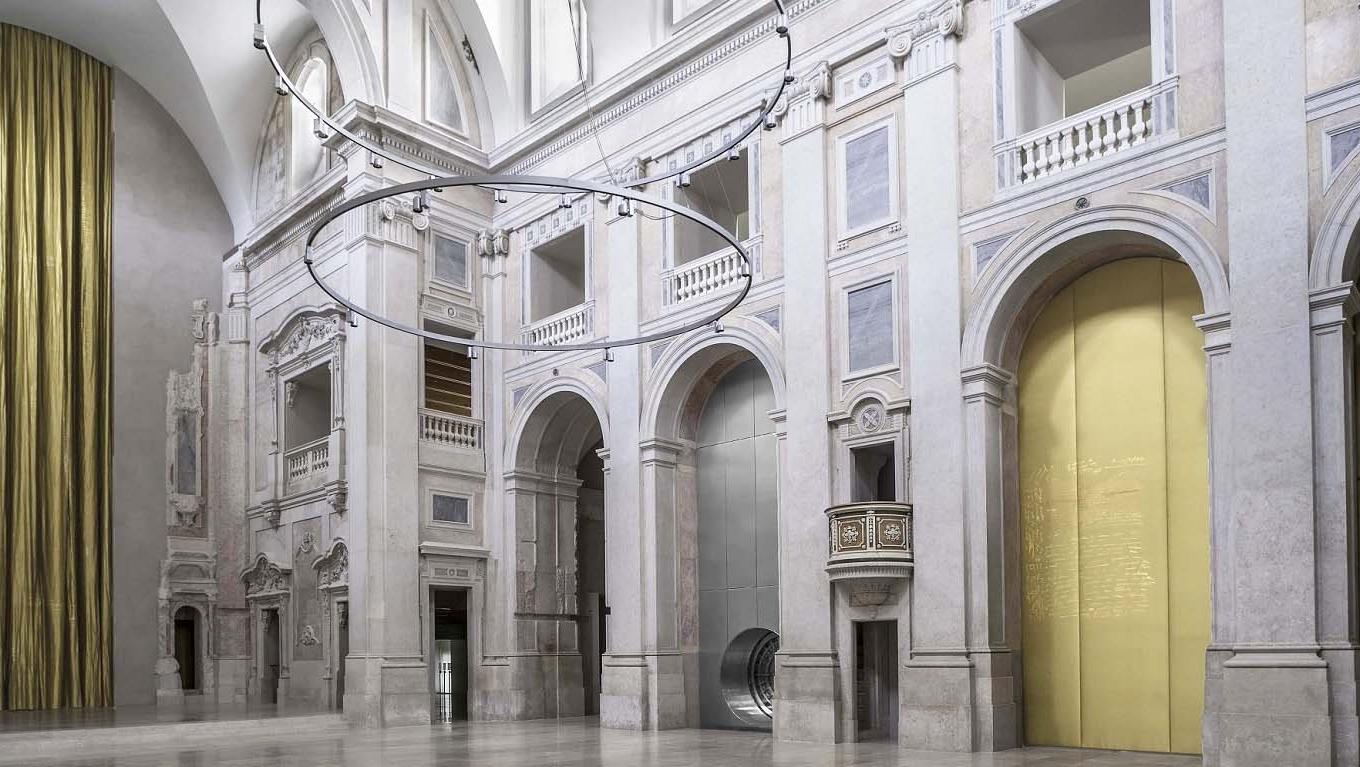Today the renovation and restoration project of the head office of Banco de Portugal was distinguished with the Valmor and Municipal Architecture Award.
The Valmor Award, granted by Lisbon City Council, is one of the most prestigious national architectural awards and acknowledges the quality and importance of the initiative promoted by Banco de Portugal within the scope of the revitalisation of the Baixa/Chiado historic centre.
The project enabled Banco de Portugal to honour its commitment towards Lisbon City Council, to contribute to the renovation of Baixa/Chiado, maintaining part of its services in the historic centre of the city and creating in the former Church of São Julião a new space for cultural enjoyment, the Money Museum, which was recently named Best Museum 2017 by the Portuguese Museology Association (Associação Portuguesa de Museologia).
According to Carlos da Silva Costa, Governor of Banco de Portugal: ‘The Valmor Award is a source of great honour and pride for Banco de Portugal. This institution is aware that it must contribute to the preservation and appreciation of heritage, promoting culture and the sustained development of the community to which it belongs. The renovation of the head office and the establishment of the Money Museum are an expression of that sustainability purpose, which is, and will continue to be, a strategic concern of Banco de Portugal’.
Reflecting this strategic guideline, Banco de Portugal has decided to invest the monetary value of the Valmor Award in the creation of a new award to be granted by Banco de Portugal, distinguishing an architectural or landscape renovation project with evident benefits for the community.
Renovation and recuperation of the head office of Banco de Portugal
The renovation and recuperation work on the whole block occupied by the head office of Banco de Portugal, under the project of architects Gonçalo Byrne and João Pedro Falcão de Campos, was carried out between 2010 and 2012.
This work included demolition, strengthening of foundations, excavations and architectural harmonisation of the eight buildings that formed the whole block occupied by Banco de Portugal.
One of the most remarkable aspects of the intervention was the recuperation of the former Church of São Julião, which involved the demolition of the bank vaults that had been installed by Banco de Portugal, the restoration of the early high altar, the recovery of the stonework and the rebuilding of Pombaline balusters and original painting.
During the renovation and restoration works, the first known section of King Dinis' Wall was identified in the crypt of the former church. It was classified as a national monument, which Banco de Portugal preserved and integrated into the exhibition route of the Money Museum, together with various archaeological finds uncovered during the intervention.



